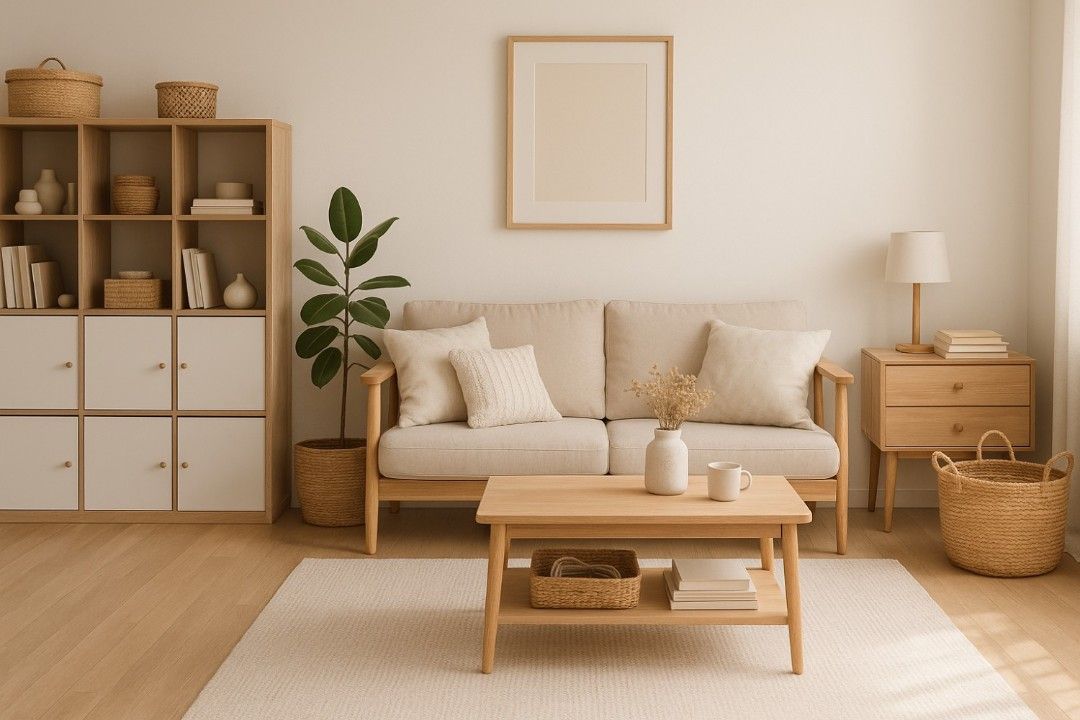A calm and nurturing home environment is essential for supporting mental health and emotional well-being. As daily life grows faster-paced, our living spaces should serve as sanctuaries that promote relaxation, balance, and happiness. Thoughtful changes at home can help reduce stress, soothe the mind, and encourage positive habits, allowing every member of the household to feel more centered and resilient.
1. Declutter and Organize Your Space
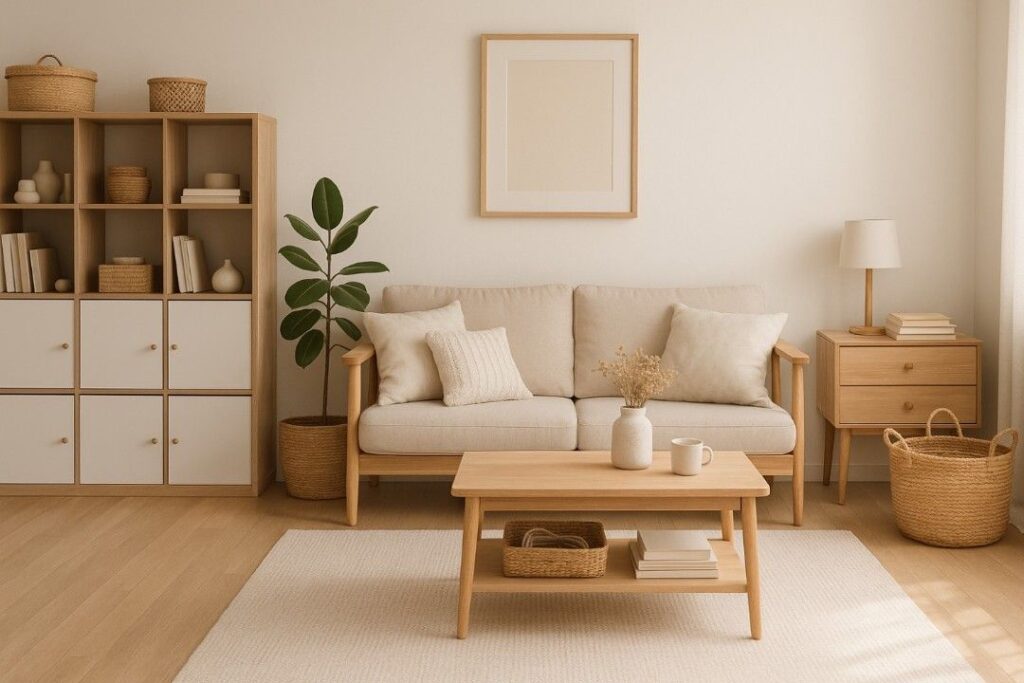
Clutter can create feelings of chaos and anxiety, making it hard to unwind at home. Begin by assessing the areas that tend to collect excess items—countertops, tables, and closets are common hotspots. Use storage solutions like baskets, bins, and drawer organizers to keep things tidy and easily accessible. The popular “one in, one out” rule, where you donate or discard an item for every new one you bring in, can help maintain order.
Try to set aside a few minutes each day to put things back in their designated places. A clean, organized environment makes it easier to relax, boosts productivity, and even improves sleep quality. Minimalist decor, with open surfaces and carefully chosen accents, can also make your home feel lighter and more spacious. In addition to reducing visual clutter, digital organization—such as tidying up files and turning off non-essential notifications—can further decrease stress and mental overload.
2. Choose Soothing Colors and Lighting
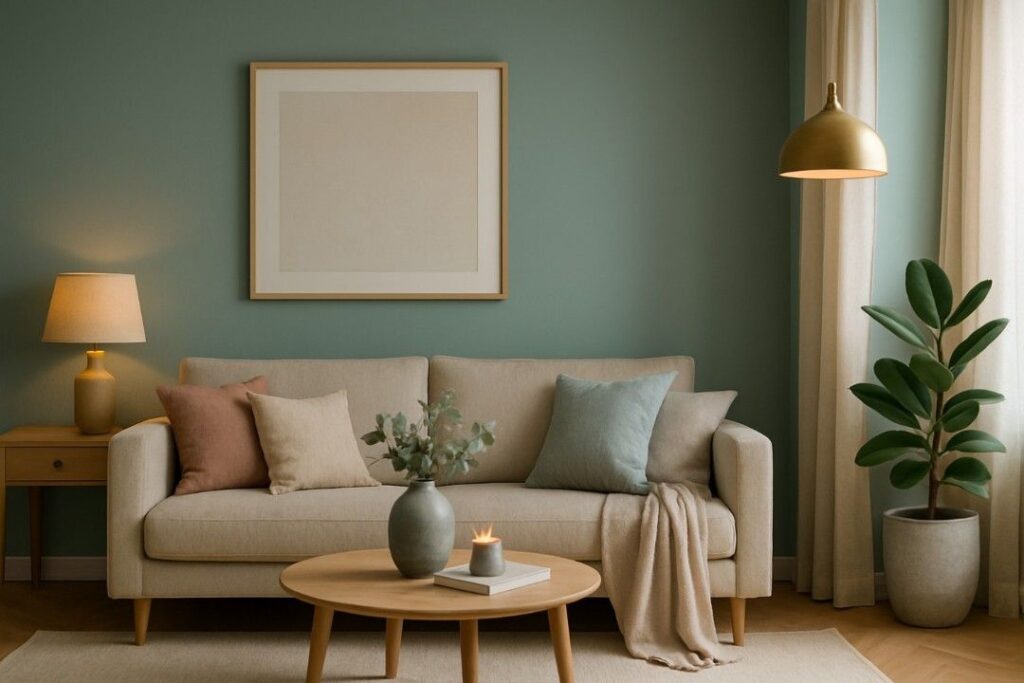
Color psychology shows that certain hues can affect mood and emotions. Soft, muted colors such as pale blues, gentle greens, and warm neutrals are known to foster a calming atmosphere. Consider repainting walls, updating décor, or incorporating textiles like cushions and curtains in these tones. Lighting is essential for creating the right atmosphere. Choose warm, ambient lighting rather than harsh overhead illumination.
Table lamps, floor lamps, and dimmer switches can help create a gentle, inviting glow. Natural light is equally important; open curtains during the day to let sunlight in, which can boost mood and regulate circadian rhythms. In the evening, reduce exposure to blue light from screens to support restful sleep. Combining serene colors with thoughtful lighting choices transforms your home into a peaceful haven where stress naturally fades away.
3. Bring Nature Indoors with Plants
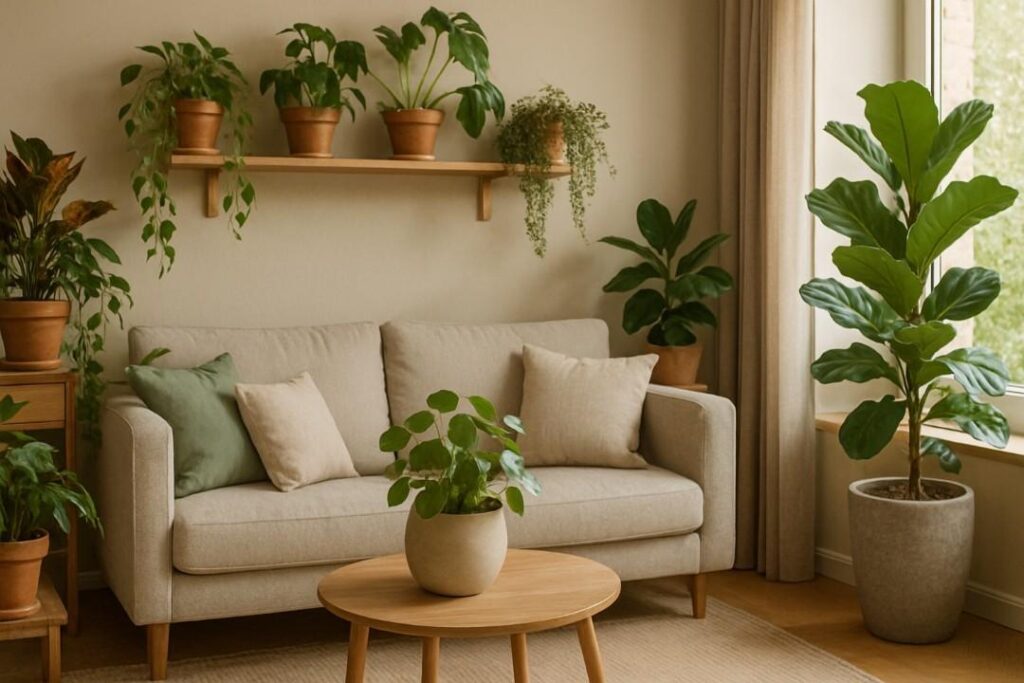
Houseplants do more than just beautify a room—they also have proven psychological benefits. Greenery helps purify indoor air, reduce toxins, and promote a sense of vitality. Caring for plants encourages mindfulness and a daily connection with nature, which is linked to lower stress levels. Low-maintenance options such as snake plants, pothos, and peace lilies are perfect for beginners, while succulents and air plants are ideal for those with limited time.
Place larger plants in corners to soften hard lines, or hang small planters by windows for added freshness. For those without a green thumb, fresh flowers or even high-quality faux plants can still provide visual relief. Studies suggest that even brief interactions with nature-inspired elements can calm the mind and elevate mood, making plants a simple yet powerful addition to any stress-free zone.
4. Designate a Relaxation or Meditation Corner
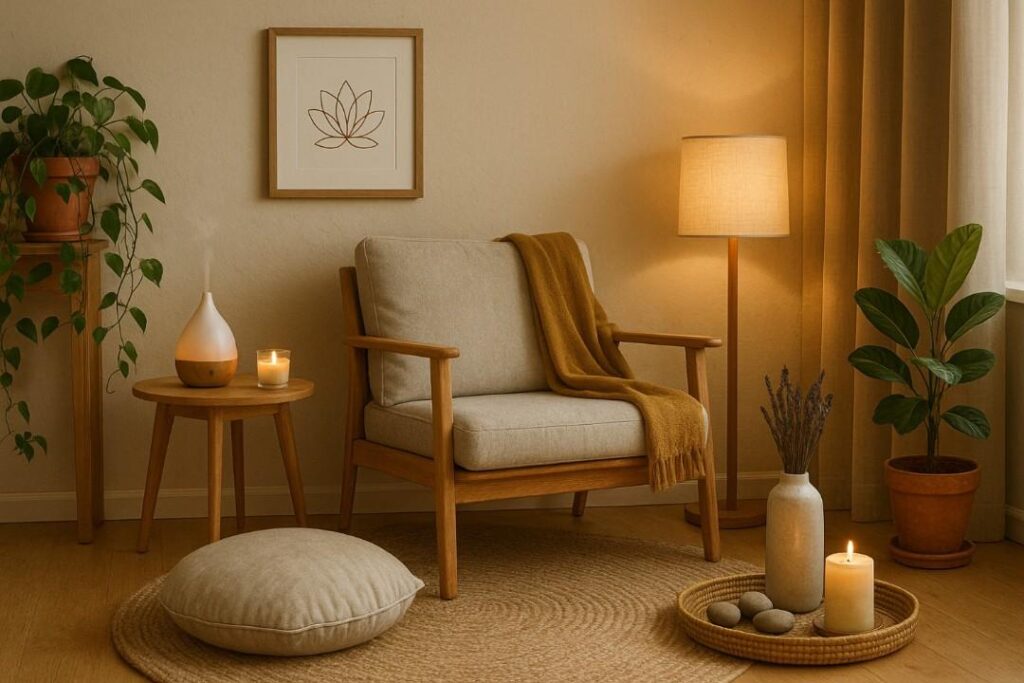
A dedicated space for relaxation, meditation, or mindfulness practice can act as a powerful stress buffer. Choose a quiet spot in your home—a corner of the bedroom, a nook in the living room, or even a section of your balcony. Add soft furnishings like a comfortable chair, floor cushions, or a cozy throw blanket. Include elements that appeal to the senses, such as scented candles, essential oil diffusers, or a small speaker for calming music or nature sounds.
Keep this space free of electronics and clutter to signal to your brain that it’s a place for unwinding. Even just five minutes spent in your relaxation corner each day can help reset your stress levels and improve emotional balance. Encourage family members to use the space as well, fostering a household culture of self-care and mental wellness.
5. Use Calming Scents and Aromatherapy
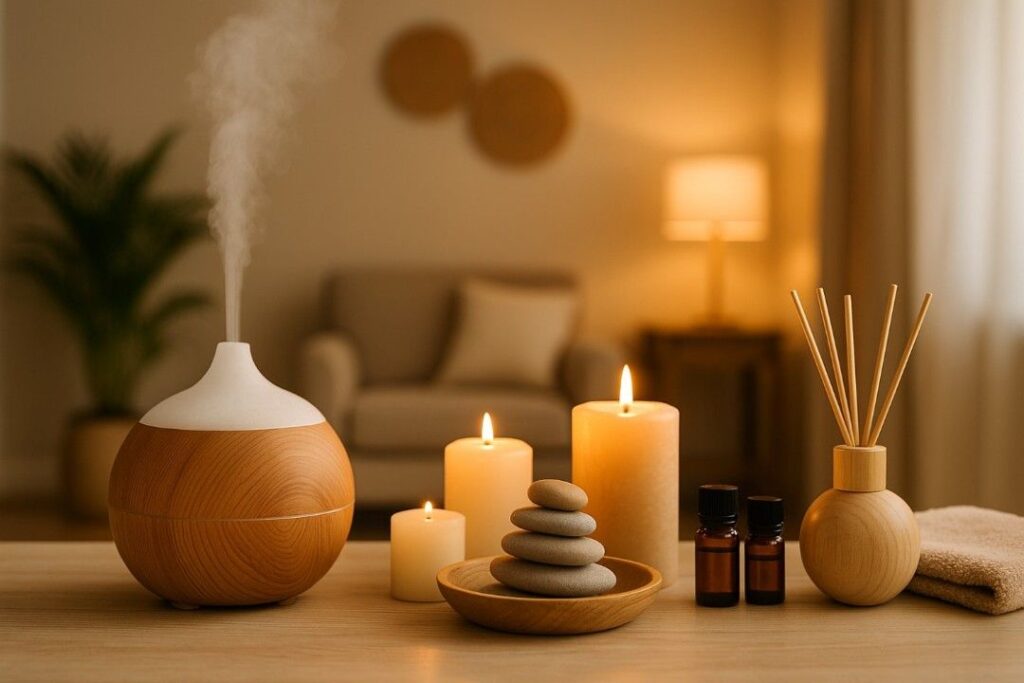
Scents are closely tied to emotional responses and can have a profound effect on stress. Lavender, chamomile, and sandalwood are well-known for their calming properties, while citrus and peppermint can invigorate and refresh. Use essential oil diffusers, scented candles, or potpourri to infuse your home with relaxing fragrances. Aromatherapy rollers are a great portable option, allowing you to take soothing scents with you throughout the house or even on the go.
Try incorporating scents into your bedtime routine with pillow sprays or bath oils to help promote restful sleep. Always choose natural, non-toxic products to avoid headaches or allergic reactions. By engaging your sense of smell with calming aromas, you create an extra layer of tranquility in your living environment, making it easier to manage stress and maintain mental balance.
6. Limit Digital Distractions

The constant barrage of notifications, emails, and social media updates can disrupt peace at home and contribute to mental fatigue. Set boundaries by designating “device-free” zones or times, such as during meals or before bedtime. Consider turning off non-essential notifications or using “Do Not Disturb” features to minimize interruptions. Establish a family charging station outside of bedrooms to encourage better sleep hygiene.
If possible, create specific workspaces for screens and technology, separate from areas meant for relaxation. Try digital detox challenges on weekends or after work hours to reconnect with loved ones or pursue hobbies. Mindful technology use not only reduces stress but also frees up mental space for creativity and meaningful connection, making your home feel more like a sanctuary.
7. Incorporate Mindful Decor and Personal Touches

Thoughtful decoration can turn an ordinary room into a peaceful retreat. Choose artwork, photographs, or decorative objects that evoke positive memories or inspiration. Soft textiles like blankets, rugs, and cushions add comfort and warmth, inviting you to relax. Displaying personal mementos—such as travel souvenirs, handwritten notes, or favorite books—can create a sense of belonging and joy.
Mindful decor also involves considering the flow and layout of each room: arrange furniture to maximize open space and ensure easy movement, avoiding cramped or cluttered pathways. Mirrors can reflect light and make spaces feel larger, while minimalist shelving helps keep surfaces tidy. By curating your environment with intention and personality, you create a stress-free zone that nurtures emotional well-being and reflects what matters most to you.
8. Foster Natural Light and Fresh Air
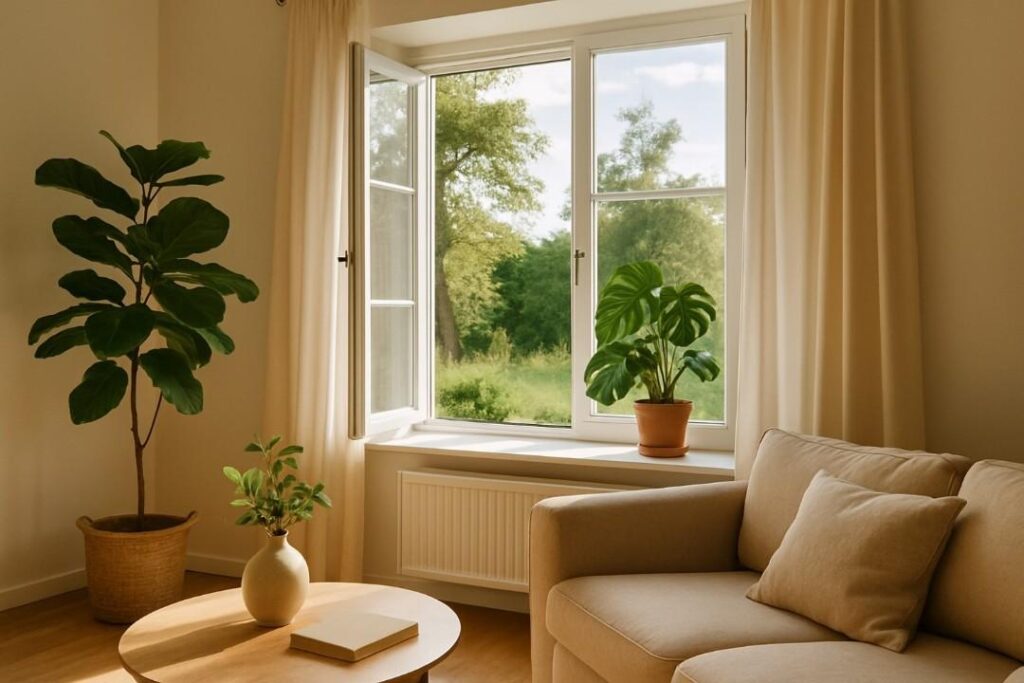
Sunlight and fresh air are essential for maintaining energy levels and emotional health. Position furniture to maximize exposure to windows and consider using sheer curtains to diffuse natural light without sacrificing privacy. Take advantage of balconies, patios, or gardens by creating comfortable seating areas for outdoor relaxation. Open windows regularly to let in fresh air, which can help eliminate indoor pollutants and refresh your mind.
If air quality is a concern, use air purifiers or consider adding plants known for their air-cleaning properties. Incorporate outdoor time into your daily routine—even short breaks spent outside can reduce stress and enhance mental clarity. By prioritizing light and ventilation, your home becomes a vibrant and restorative environment where stress finds little room to thrive.
9. Create Soothing Sounds and Silence
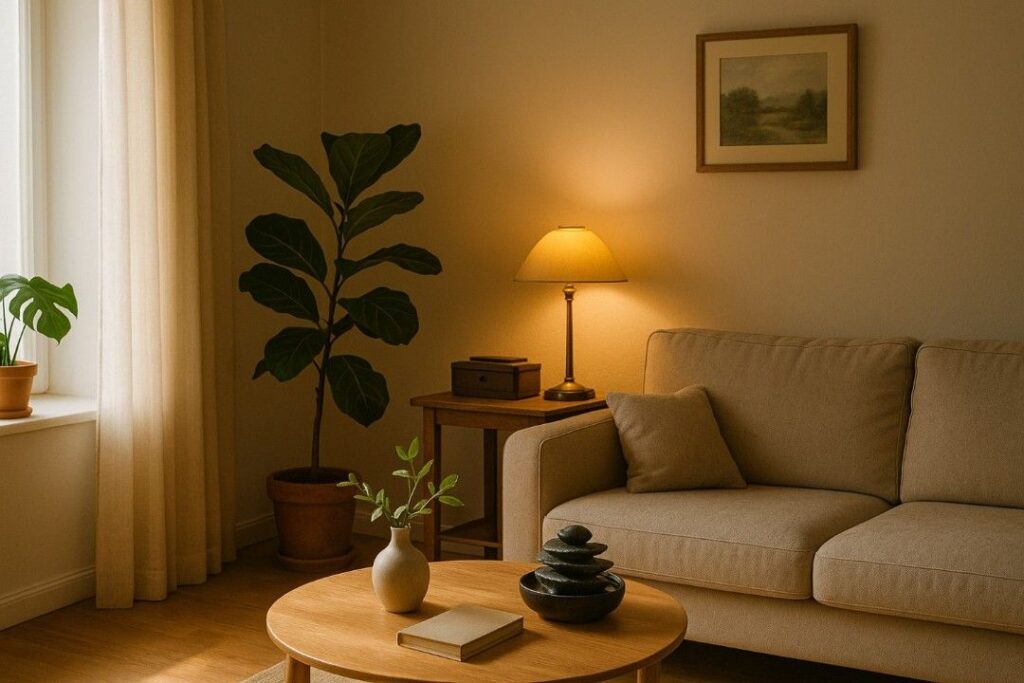
Noise levels at home can significantly influence stress and relaxation. Identify sources of disruptive sounds, such as electronics, traffic, or loud appliances, and take steps to minimize them. Rugs, curtains, and upholstered furniture absorb noise and make spaces feel quieter. Consider using white noise machines, calming playlists, or nature sound apps to mask unwanted sounds and create a tranquil atmosphere.
For a more immersive experience, add indoor water features like tabletop fountains, which provide a gentle, soothing background. Silence is also powerful—designate quiet times or “silent zones” for reading, meditation, or reflection. By curating the auditory environment, you support mental rest and make it easier to recharge, even in a bustling household.
10. Encourage Healthy Routines and Boundaries
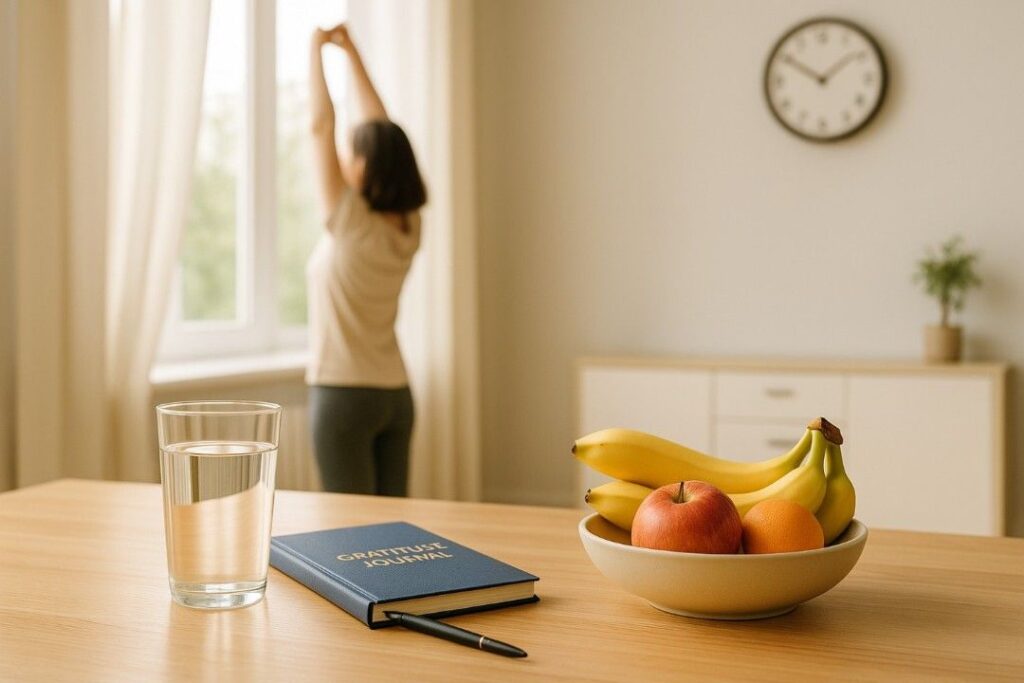
Establishing and maintaining positive daily habits can have a ripple effect on stress levels and overall mental health. Establish regular sleep and wake times to help regulate your body’s internal clock. Prioritize regular meals, hydration, and physical activity—even simple stretching or short walks around the house can relieve tension. Practice gratitude by keeping a journal in a visible spot or sharing daily highlights with family.
Respect personal space and boundaries by designating quiet hours or alone time when needed. Encourage open communication about stress and mental health within the household, making it easier to support one another. By building a routine that values well-being, you transform your home into a place where everyone can thrive emotionally and mentally.

